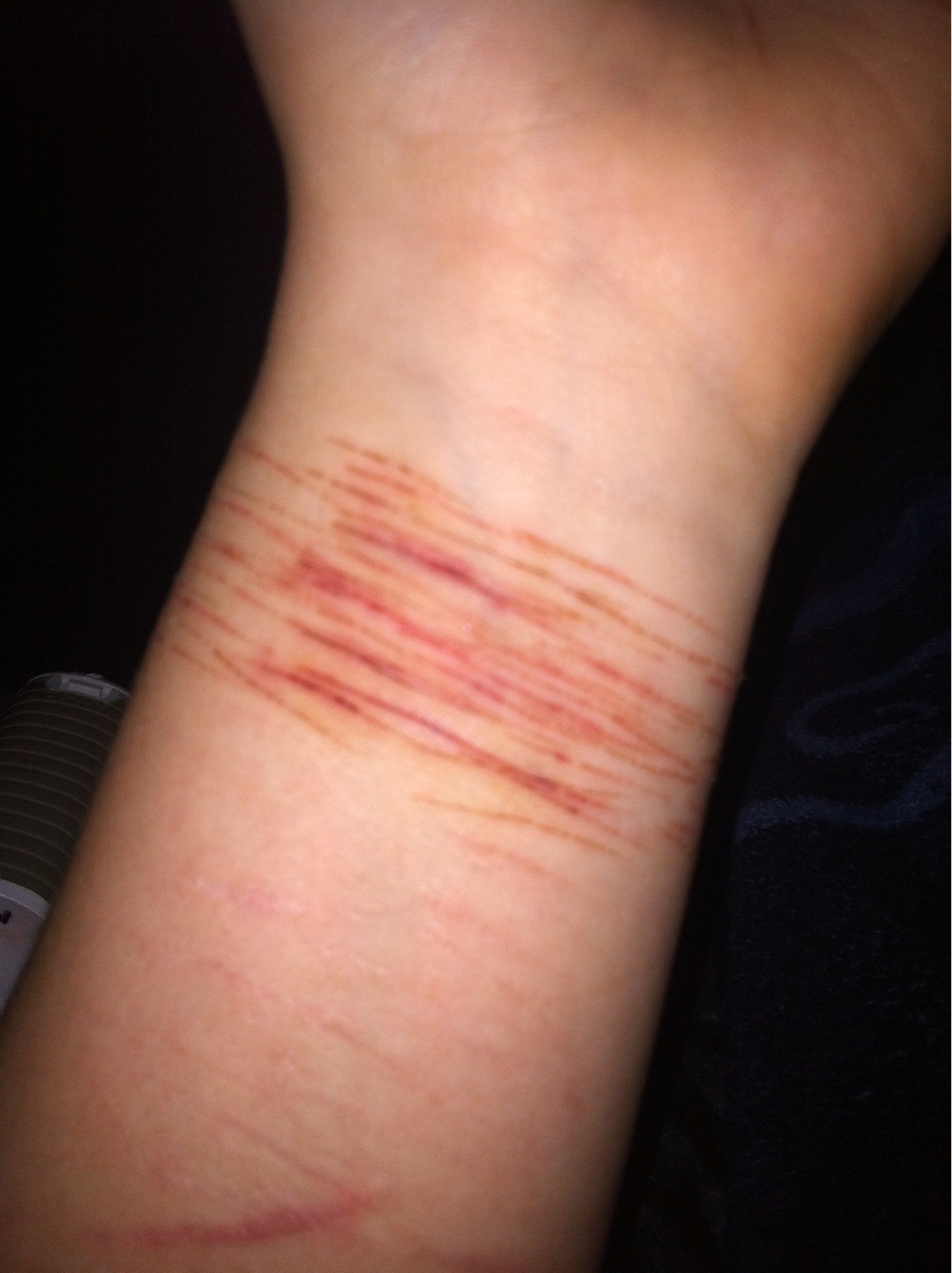
Quotes About Cutting Arm. QuotesGram
What is self-harm? "Self-harm is the intentional destruction of body tissue in the absence of any intent to die," explains Nock, who specializes in treating self-injury behaviors in childhood to young adulthood. "Most often it happens on the arms and takes the form of cutting with some type of sharp object, such as a razor blade, pencil, or.
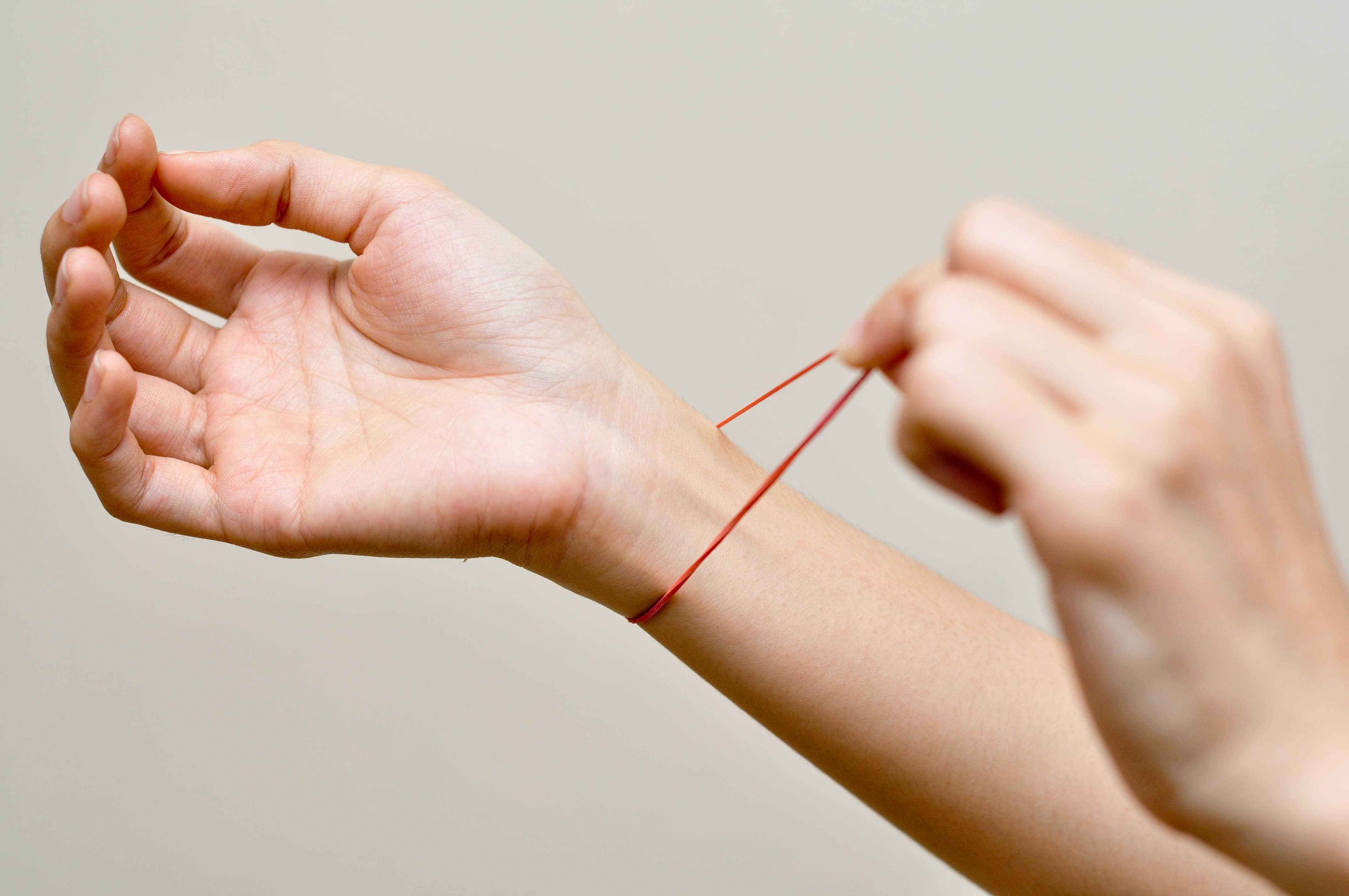
Cutting Myself Quotes. QuotesGram
The diagnosis for someone who self-injures can only be determined by a medical or mental health professional. Self-injury behaviors can be a symptom other mental illnesses, such as: personality disorders, bipolar disorder, depression, anxiety disorders, obsessive-compulsive disorder, and psychotic disorders, such as schizophrenia. Criteria for a Diagnosis of Non-Suicidal Self-Injury

Pin on College hair and makeup looks
A cut is typically thought of like a wound caused by a sharp object (such as a knife or a shard of glass). The term laceration implies a torn or jagged wound. Lacerations tend to be caused by sharp objects.. a blood pressure cuff can help as a temporary measure for cuts on the arms and legs. Tourniquets are generally not helpful for cuts to.
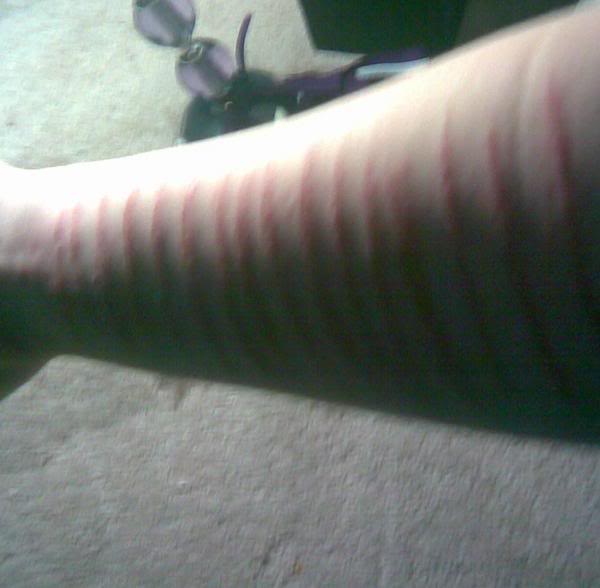
Quotes About Cutting Arm. QuotesGram
How to stop cutting and self-harm tip 1: Confide in someone. Tip 2: Identify your self-harm or cutting triggers. Tip 3: Find new coping techniques. Professional treatment for cutting and self-harm. Warning signs that a loved one is cutting or self-harming. Understanding why your loved one cuts or self-harms.

Disturbing behavior of ‘selfcutting’ on the rise among teens FOX31
Self-harm can be a way for a person to feel something when experiencing numbness or to distract themselves from depression or anxiety. Some people cut to create a wound that can symbolize their.

What to Do If Your Child Is Cutting Wellness US News
What You Can Do Stress, anxiety, and low mood impacts all of us. But for teens, pressure, worry, and emotional shifts feel much different. Navigating the murky waters of adolescence isn't easy but unhealthy coping strategies are also related to where their brains are developmentally.
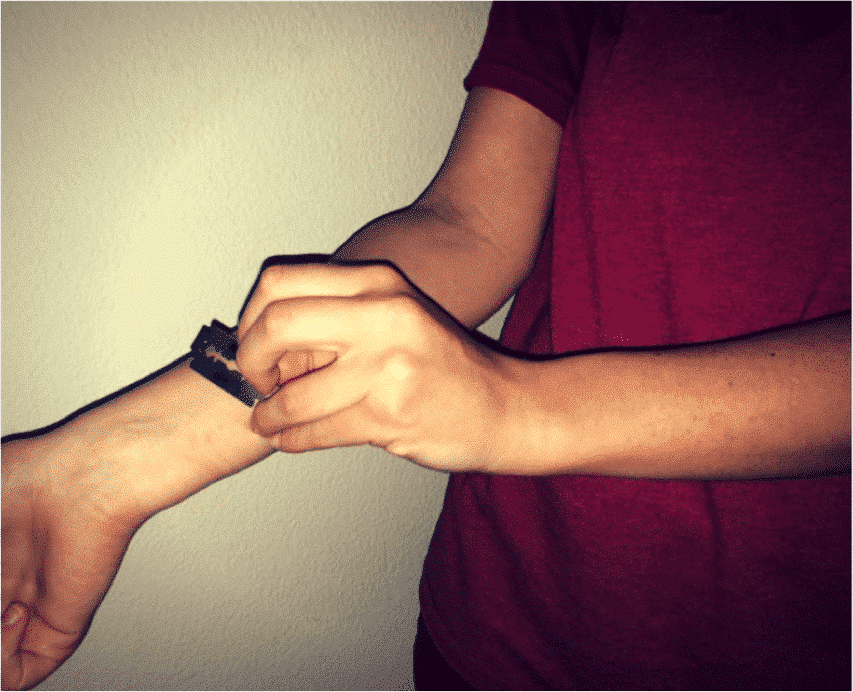
America’s Cutting Epidemic What Parents Need to Know!
Self-harm involves self-inflicted, non-suicidal bodily harm that is severe enough to either cause tissue damage or to leave marks that last several hours. Cutting is the most common form of self-injury but burning, head banging, and scratching are also common. Other forms of self-harm include biting, skin picking, hair pulling, hitting the body.
About two to three weeks of healing on the really red ones. Tips for
Overview Nonsuicidal self-injury, often simply called self-injury, is the act of harming your own body on purpose, such as by cutting or burning yourself. It's usually not meant as a suicide attempt. This type of self-injury is a harmful way to cope with emotional pain, sadness, anger and stress.
Has anyone had scars like these which have less
Cutting is a well-known form of self-injury in which teens and preteens may use a sharp object to purposely mark, cut, or scratch themselves. Most often, they cut themselves on their wrists, forearms, thighs, or belly. But they also might burn, scratch, or hit themselves; bang their head; pull their hair; pinch their skin; pierce their skin.
haven’t cut my arms in a couple months, pretty proud i guess r
Self-harm is intentional behavior that is considered harmful to oneself. This is most commonly regarded as direct injury of one's own skin tissues usually without a suicidal intention. Other terms such as cutting, self-injury, and self-mutilation have been used for any self-harming behavior regardless of suicidal intent. Common forms of self-harm include damaging the skin with a sharp object.

Man Cuts off Arm Drives Ten Miles to Hospital! YouTube
When teens feel sad, distressed, anxious, or confused, the emotions might be so extreme that they lead to acts of self-injury (also called cutting, self-mutilation, or self-harm). Most teens who.
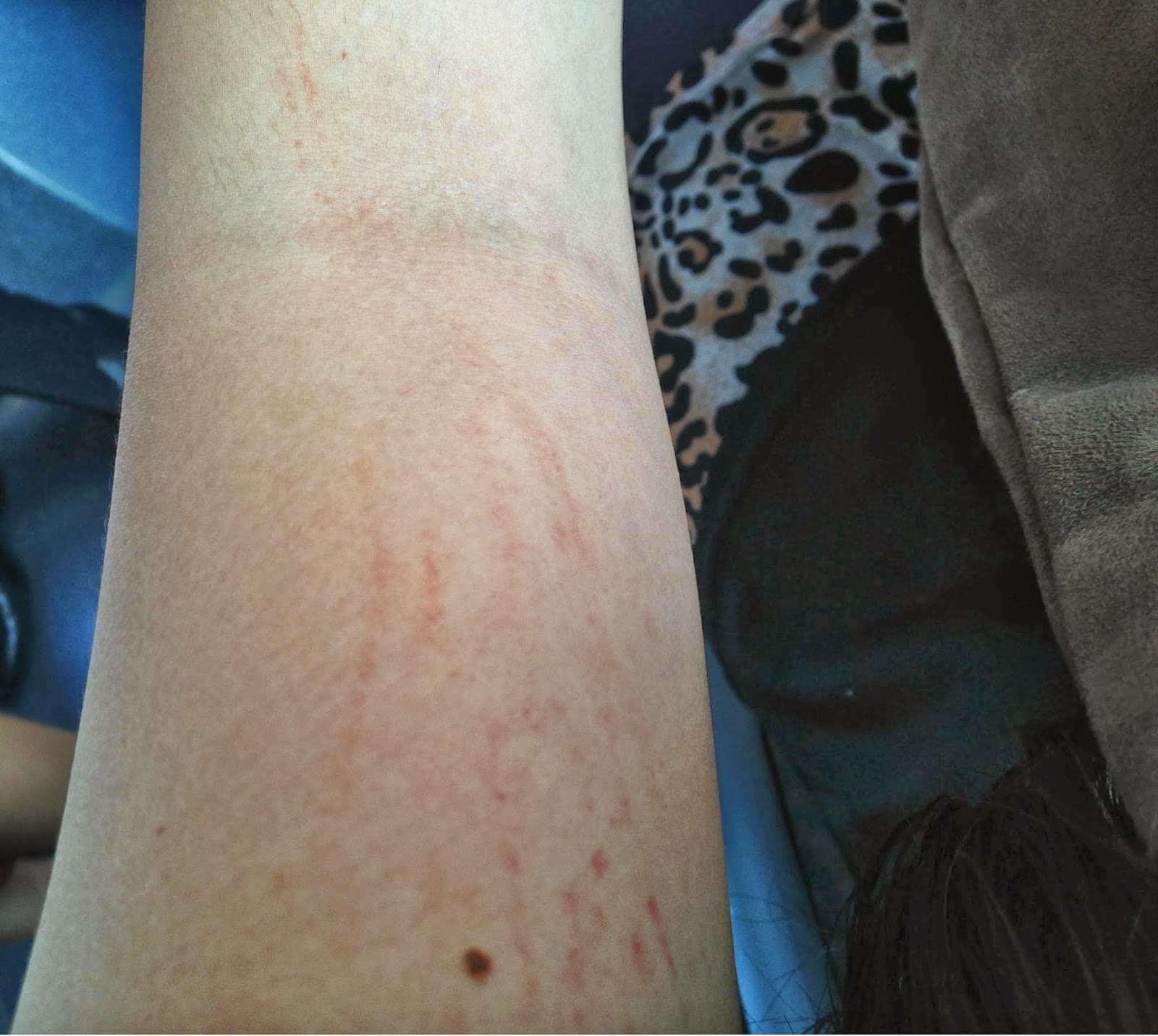
Quotes About Cutting Arm. QuotesGram
Diseases & Conditions Symptoms & causes Diagnosis & treatment Diagnosis Although some people may ask for help, sometimes family or friends discover the self-injury. Or a health care provider doing a routine medical exam may notice signs, such as scars or fresh injuries. There's no specific test to diagnose self-injury.

Imgs For > Self Harm Facts
An osteotomy is a bone-cutting procedure to realign and reshape your bones and joints. Your jaw, elbow, spine, shoulder, hips, knees, legs, toes and feet are common surgical sites. There are many surgical techniques and variations of techniques. Your surgeon will discuss the best option for your specific bone problem to get you up and moving.
44 stitches on my arm so far. The newer scars are on the back r
The urge to cut might be triggered by strong feelings the person can't express — such as anger, hurt, shame, frustration, or alienation. People sometimes say they feel they don't fit in or that no one understands them. A person might self-harm because of losing someone close or to escape a sense of emptiness.
[50/50] I cut my arm or I joined a gang r/5050
Cutting is a type of self-harm in which teens deliberately cut or scratch themselves with knives, razor blades, or other sharp objects, but not with any intention of trying to commit suicide. Other self-harm behaviors can include head-banging, branding or burning their skin, overdosing on medications, and strangulation.
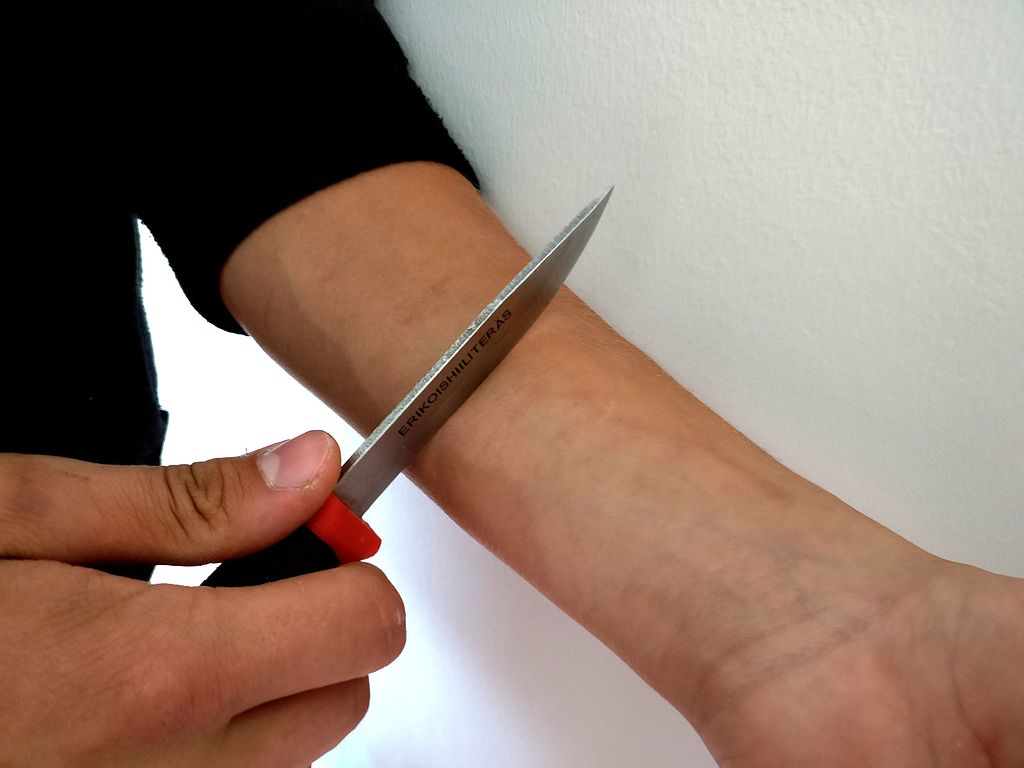
Teens who self harm are 3 times more likely to commit a crime Health
You or someone you love may also bang or hit your head, scratch yourself, pick scabs or interfere with wound healing, infect yourself, embed objects in your skin, bruise yourself, break your own.